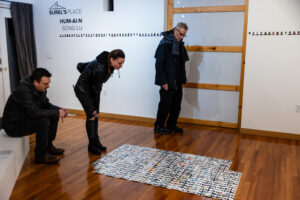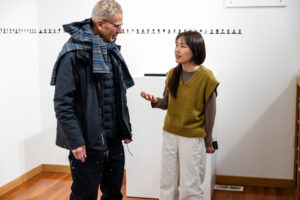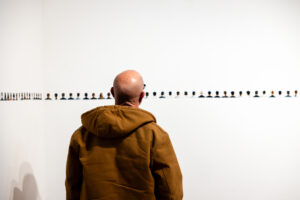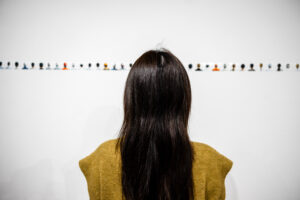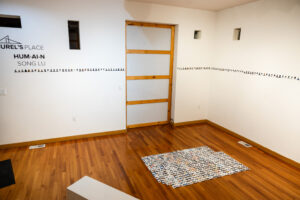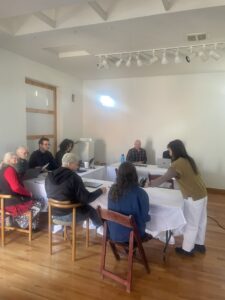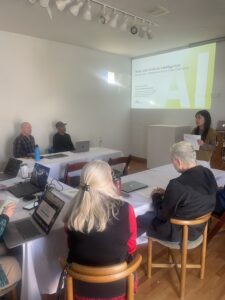
Biography
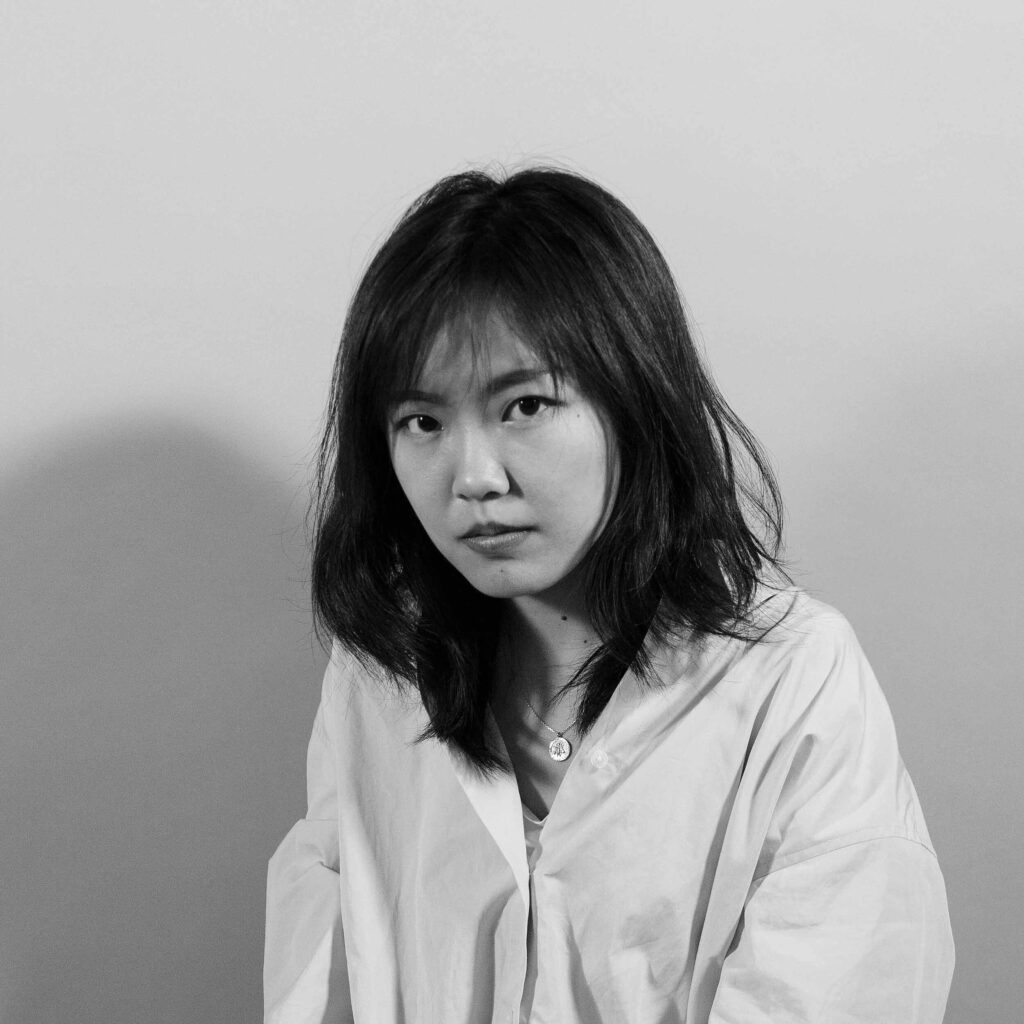
Song Lu is an artist born in Guizhou, China, in 1994. Working across a variety of visual media, including photography, video, 3D animation, and artificial intelligence-generated images, Lu’s work breaks down the traditional boundaries of the familiar, while reinterpreting and redefining them in a playful way. By presenting the intricate connections between things, she provides the viewer with multiple perspectives on the world around them. In recent years, she has been exploring the implications of Artificial Intelligence (AI) technology in her artistic practice, examining AI’s biases and its impact on society, particularly in perpetuating Western-centric perspectives.
“In my proposal for the Surel’s Place art residency, I aim to further explore my interest in researching the connections between Artificial Intelligence (AI) data and bias, with a focus on its intersections with anthropology, psychology, and sociology. AI represents a significant power shift in our society, and my project seeks to critically engage with its implications.”
Song Lu’s work has been exhibited internationally, including at prestigious galleries and museums such as Camille Puoyfuacon Gallery in Paris, the Advance Art Museum, and the Seoul FLOOR_ Gallery. She obtained a Master of Fine Arts degree in Photography, Video, and Related Media from the School of Visual Arts in New York, where she graduated in 2021.
During her residency, Lu led the workshop “Walk with Artificial Intelligence: Envisioning a Collaborative Future in Our Community.” She led participants in an exploration of how AI originated, its evolution over time, and its profound impact on various aspects of our lives.
Lu also participated in the Idaho Chinese Organization’s Lunar New Year celebration. She featured her latest collaborative AI-generated video art piece, Scales of Code, created with her artist friend Fan Yu as part of their collaborative art practice, OHuo.
For her final event, “hum-ai-n,” Lu delved deeper into AI technology, referencing official data from the U.S. Bureau of Labor Statistics. She focused particularly on two major advancements in their database: the AI chatbot ChatGPT and the AI image generator MidJourney. She used these tools to dissect and critique the underlying data structures that shape our world, exploring aspects such as occupation, race and ethnicity, place of birth, cultural background, educational background, gender and gender identity, age, interests, and hobbies. Her aim was to discuss what distinguishes “hum-ai-n” from humans and their potential relationship. She also explored how historical data about humans can become biased, leading to stereotypes, and how to revise these aspects to create a more diverse representation of human beings. Through visual formats, Song Lu examined the implications of these technologies on our lived experiences and societal structures.

